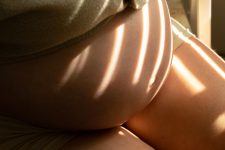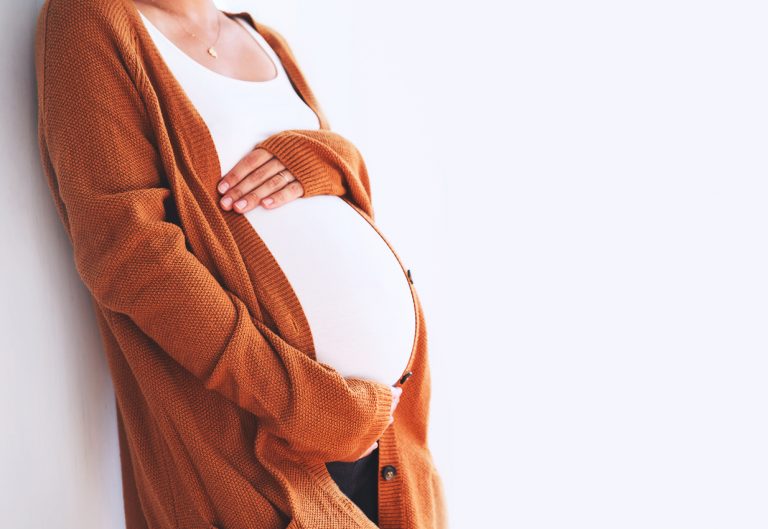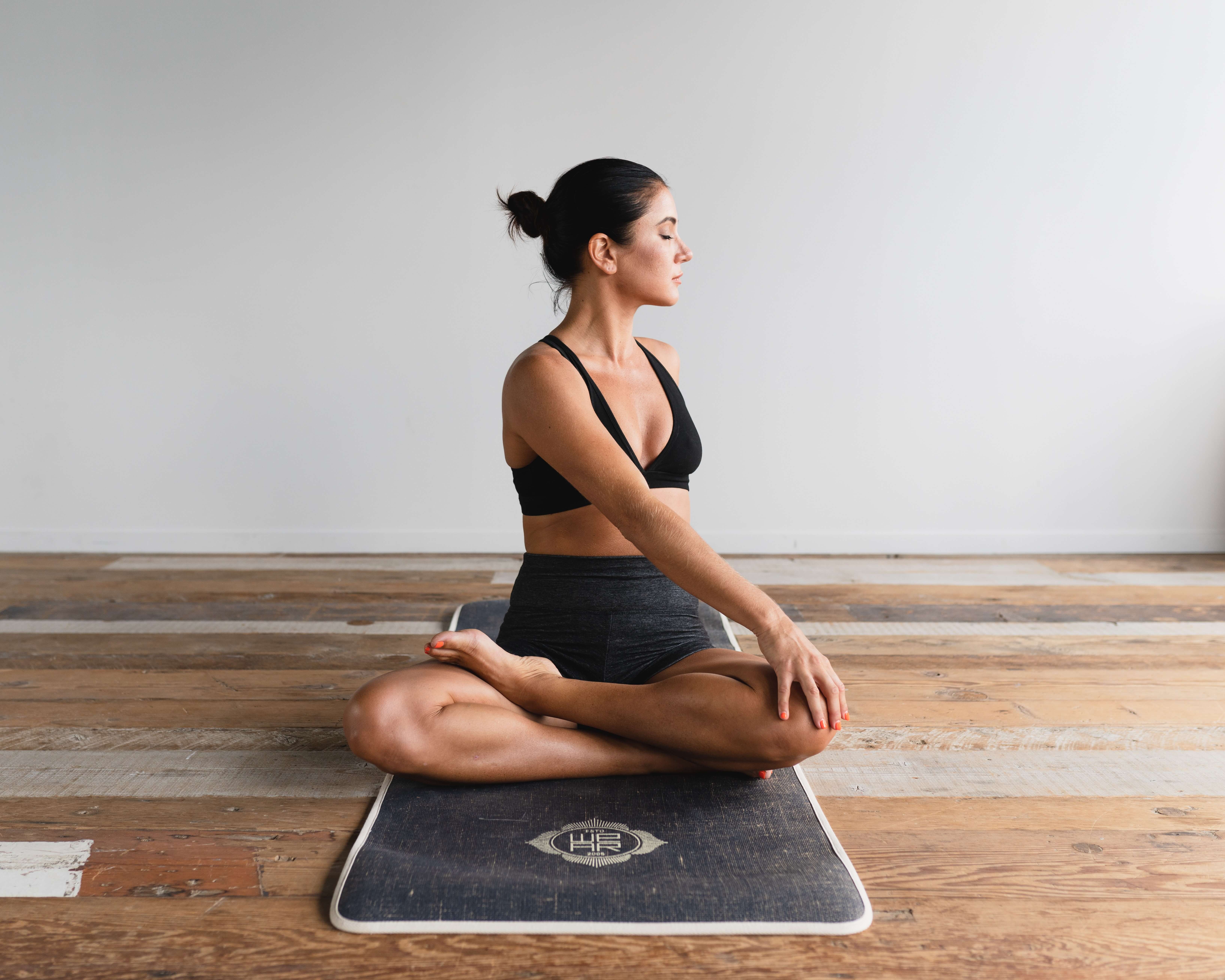Even very early in pregnancy, your body begins to transform to accommodate and prepare for childbirth. Your pelvic girdle shifts to support a growing fetus and as pregnancy advances, weight is redistributed sometimes stressing musculoskeletal structures as they shift, adjust, and realign. This causes a change in your center of gravity.
Some of the hormones of pregnancy, such as progesterone and relaxin, soften ligaments and cartilaginous attachments stretching the connections between the joints and muscle to the bone. It’s no wonder that one of the most common complaints our pregnant patients have is muscular pain. OB’s generally regarded mild aches and pains as ‘normal’, reflecting the way your body changes to accommodate your growing baby. However the experience can vary, with some people experiencing a time-limited, inconvenience, whilst for others, it can be a debilitating experience.
Depending on your particular problem area and severity, your doctor or midwife may advise rest, specific exercises, physical therapy, medication, complete bed rest, or, on occasion, hospitalization.
From a traditional Chinese medicine point of view, musculoskeletal pain is seen as a disruption to the flow of Qi and Blood through the channels passing through a specific area. Disruptions can occur due to trauma, overuse, poor body mechanics, the invasion of a pathogenic factor (wind, cold, damp and heat), or an internal imbalance, expressed through a channel pathway. During pregnancy, there is an adjustment in the flow of Qi and Blood in preference to supporting pregnancy, sometimes depriving sufficient flow to tendons, ligaments, muscle, and bone.
Practitioners of Chinese medicine look for patterns of disharmony as we create a plan of treatment tailored to your needs. We often see a mix of both pains along the channel pathway indicating a stagnation of Qi and Blood, and an internal disharmony expressing itself along a channel. The most common channel appears along the midline of the body, affecting the neck, mid to low back and pelvic structures, or the sides of the body affecting hips, ribs, and shoulders.
The two most common internal disharmonies involve the Liver and the Kidneys. The role of the Liver is to direct and provide for the flow of Qi which in turn, leads the flow of Blood. When there is an interruption or blockage in this flow, there is pain. The tendons and ligaments are nourished by Liver blood. The sides of the body are the channels for the Gallbladder meridian, which is related to the physical and energetic activity of the Liver.
On a very deep level, the Kidney is intimately related to fertility, conception, and passing on constitutional information to the next generation. The bone and marrow are also under the influence of the Kidney. The Kidneys, located in the mid-back region, are paired with the Bladder organ and its channel pathway, which covers the entire rear aspect of the body.
Using this knowledge, as well as the information we collect from you about your specific condition, we select acupuncture points to free the flow of Qi and Blood to relieve your pain. Together, we can identify areas in your daily activity that may require some modification.
As a former labor and delivery nurse, I am so rewarded by the fact that we, at the Yinova Center, can offer a safe, effective intervention to relieve pain in all its manifestations, particularly for those who cannot take medication, or for whom medication is not effective or ill-advised. The beauty of Chinese medicine is that there are 5 branches: acupuncture, herbal remedies, massage, food as medicine, and meditation. Within this paradigm, we can formulate a treatment plan that is most effective and realistic for you.
The segment that follows, addresses specific musculoskeletal discomforts associated with pregnancy, some self-help suggestions to help relieve your discomfort, prevent exacerbation of symptoms, and limit their duration.
Pain affecting the Neck, Mid, and Lower Back
Neck and upper back pain are often conditions that already exist. Some of us hold all our tension in our neck and shoulder area or we work long hours at a computer. Carrying backpacks, laptops, children, or any unevenly distributed weight, can cause musculoskeletal misalignments. Add to these preexisting conditions increasing breast weight and postural adjustments from the added belly weight, and it is no wonder we see a rise of aches and pains.
Low back pain, and sometimes sciatica, is common during the last few months of pregnancy. These can be caused by the extra weight of your baby and the fact that joints and ligaments soften in pregnancy. Sometimes a sharp pain traveling down the back and leg can indicate pressure on the sciatic nerve.
It is important to address your neck and upper back pain early on, especially if you are planning on breastfeeding. Minor discomfort can turn into a major pain if ignored. Acupuncture is effective in treating musculoskeletal pain because it interrupts the pain pathway to the brain; it also stimulates the release of endorphins, the body’s natural pain killers.
Self Help
- Develop an awareness of those activities triggering muscle tension and pain. Pay attention to your body mechanics when sitting, using a keyboard, bending, or lifting.
- Redesign your work area to be more ergonomic and accommodating.
- Take frequent breaks, stretch, breathe, rotate all your joints to improve circulation and move areas of stagnation.
- Use support pillows for your low-back, neck, shoulders, and between your knees when you are in a side-lying position.
- To encourage good posture when seated, try sitting on a birthing ball.
- Comfort measures include warm baths and warm compresses to the low back, neck, or shoulders.
- Prevention includes keeping your neck and back out of drafts, especially if your acupuncturist identifies cold lodged in your channels.
- Regular gentle exercise (with the permission of your doctor or midwife), such as prenatal yoga or warm water aerobics, may be helpful in stretching and strengthening back muscles.
- Maternity girdles or support belts are useful to some.
Pelvic Pain
Symphysis pubis pain presents around the pubic bone and can radiate into the lower back or the groin area. The symphysis pubis is an area of tough fibrous cartilage that joins two pubis bones together forming the pubic arch. This cartilage is softened and stretched by relaxin, a hormone of pregnancy produced by the ovaries and placenta, increasing the flexibility of the pubic symphysis to ease the delivery of your baby.
Pain often appears around the 24th – 26th week of pregnancy. Sudden pain and weakness are often noticeable when you are shifting your weight, for example putting on your pants, climbing stairs, getting up from a seated position, or out of your car. Rest and wearing a supporting belt may be recommended to help relieve pain and stabilize the pelvis. Acupuncture can reduce your level of discomfort and prevent the pain from becoming more intense.
Self Help
- Minimize the mobilization of your pelvis. When rising from a seated position, keep your knees and ankles together as you pivot on your bottom to shift your position. Stand slowly, two feet flat on the ground, rise slowly, supporting your weight.
- Wear comfortable flat shoes.
- Rest frequently.
- Realize this condition is temporary and symptoms will resolve after the birth of your baby.
Leg Cramps
Leg cramps where the leg muscles go into painful spasms, are common in pregnancy, particularly at night, and may be due to the pressure of the uterus on pelvic nerves. This usually resolves once you are out of bed using the muscles. However, if the pain does not recede, and there is any reddening or swelling of the leg, you need to promptly notify your doctor or midwife to rule out any clot formation.
Self Help
- Make sure you are drinking enough water.
- Get the blood moving in your lower extremities. Try gentle leg and ankle stretches, circling your feet and wiggling your toes before you go to bed.
- Daily gentle exercises like walking or swimming can help.
- Ask your partner to massage your feet and lower legs.
- Make sure your diet includes calcium, magnesium, and potassium-rich foods like green leafy vegetables, bananas, apricot, avocado, and whole grain.

Rib Pain
Often the pain is described as radiating from the upper/mid back, traveling around to the front ribs, involving one or both sides. The pain can be dull and achy or a stabbing, sharp pain, taking your breath away. Pain is attributed to the uterus rising out of the pelvic cavity, displacing internal structures, pressuring confining bony structures.
Receiving acupuncture while comfortably lying on your left side, supported by some well-placed pillows can be quite helpful. Your acupuncturist may also offer ear press needles or seeds for you to apply to appropriate points at home, enhancing your treatments between visits.
Self Help
- Rest may be your best ally during these episodes of the rib pain. Finding a comfortable reclined or semi-reclined position, elevate the right side of your body slightly, prop with an adequate number of pillows, this will enhance an unobstructed flow of blood returning to the heart and lungs for oxygenation.
- Pace yourself. Don’t overdo anything. Moderation in all things rule.
- Try some gentle breathing exercises. Rib pain sometimes makes it difficult to take a deep breath but oxygenation is really important. Obstruct one nostril, inhale slowly, as deeply as is comfortable, briefly hold, then, switch nostrils, slowly and gently exhale.
- Recognize that there is competition for space in your abdomen. Try eating smaller, more frequent meals. Light broths, especially those starting with a stock of bones and marrow, are high in protein, easily digested, can be sipped throughout the day, and nourishes the energy of the Kidney and Liver Blood.
- Weightless exercise, such as floating and gently stretching in a heated pool, can be therapeutic. For a more aerobic exercise try walking in the pool – it’s low impact, provides gentle resistance to improve muscle tone, and it will increase your heart rate and lung capacity. There is something quite therapeutic about water energy.
Hand Pain Numbness and Tingling
Usually occurring later in pregnancy, pain, numbness, burning, and tingling of the hands and fingers is thought to be due to an accumulation of fluid (edema), locally affecting the joint spaces of the wrist and placing pressure on the median nerve. The small bones of the wrist form a very small tunnel through which the median nerve and blood vessels pass to supply the small bones of the hand (metacarpals) and fingers (carpals) with innervation, blood, and oxygen. This process allows for the fine, precise, coordinated motor movement of the hand. Symptoms vary, from mild, transient episodes to severe. If symptoms are more pronounced and prolonged, impairing your ability to turn a doorknob, hold your tooth-brush or make a fist, your doctor may give a diagnosis of Carpal Tunnel Syndrome.
Acupuncture can help by relieving both local and systemic fluid accumulation and inflammation (Stagnation; Dampness; Heat). Certainly, a trial of acupuncture (4-8 treatments) is preferred especially since pharmaceutical analgesics and non-steroidal anti-inflammatories are ill-advised at this time.
Self Help
- Body mechanics and ergonomic design are important in your work environment to minimize undue and prolonged stress on your neck, upper back, and shoulders.
- While working at a keyboard, provide for right-angle support to your shoulders and elbows, so your wrists and fingers are in alignment. Wrist rests while typing is sometimes very helpful.
- Hand braces and over the counter wrist supports are available at a variety of commercial pharmacies. When applied, they provide resting support for those numerous fine bones.
- Support forearms, wrist, and hand on pillows when in bed, as close to the level of your heart as possible. This encourages a free flow of Qi and Blood – you will feel the difference.
- A warm compress is helpful and comforting.
Feel free to call our center and talk to an acupuncturist if you would like more information about using Chinese medicine to treat pain in pregnancy.






